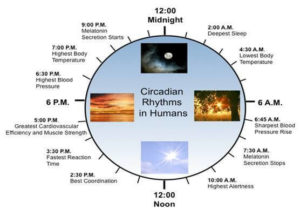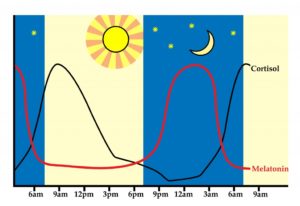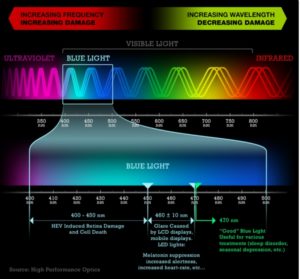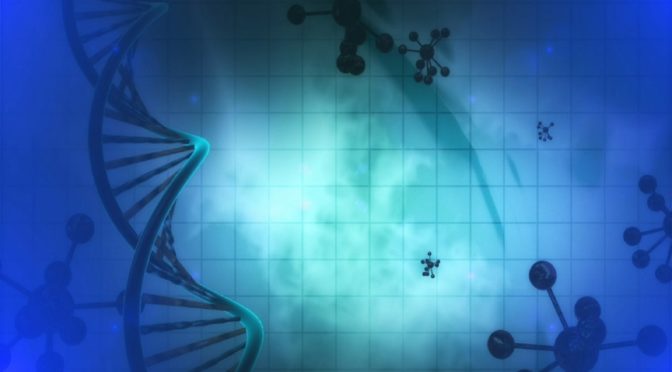What is red-light therapy and why is it a tool that can help you optimize your health? Red light therapy is something that has been a big thing in biohacking circles for a long time. I first came in contact with it via Ben Greenfield’s article in Mens Health Magazine (1). I started reading and found several published studies on the effects of exposure to red and infrared light. What I found was impressive there were several studies that showed the possibility for the cells to produce more energy using red light. This would in turn lead to several positive effects such as better skin lower inflammation, faster healing of injurys, etc.
The body’s energy currency is called ATP. Without ATP we would not be able to live. A part of this energy production is the citric acid cycle or the crebs cycle and the electron transport chain. Without making it too complicated, the food is broken as you eat down to nutrients that then pass a number of biochemical processes that eventually become the energy that drives us. This energy production is performed by our mitochondria, which are the power plants of the cells.
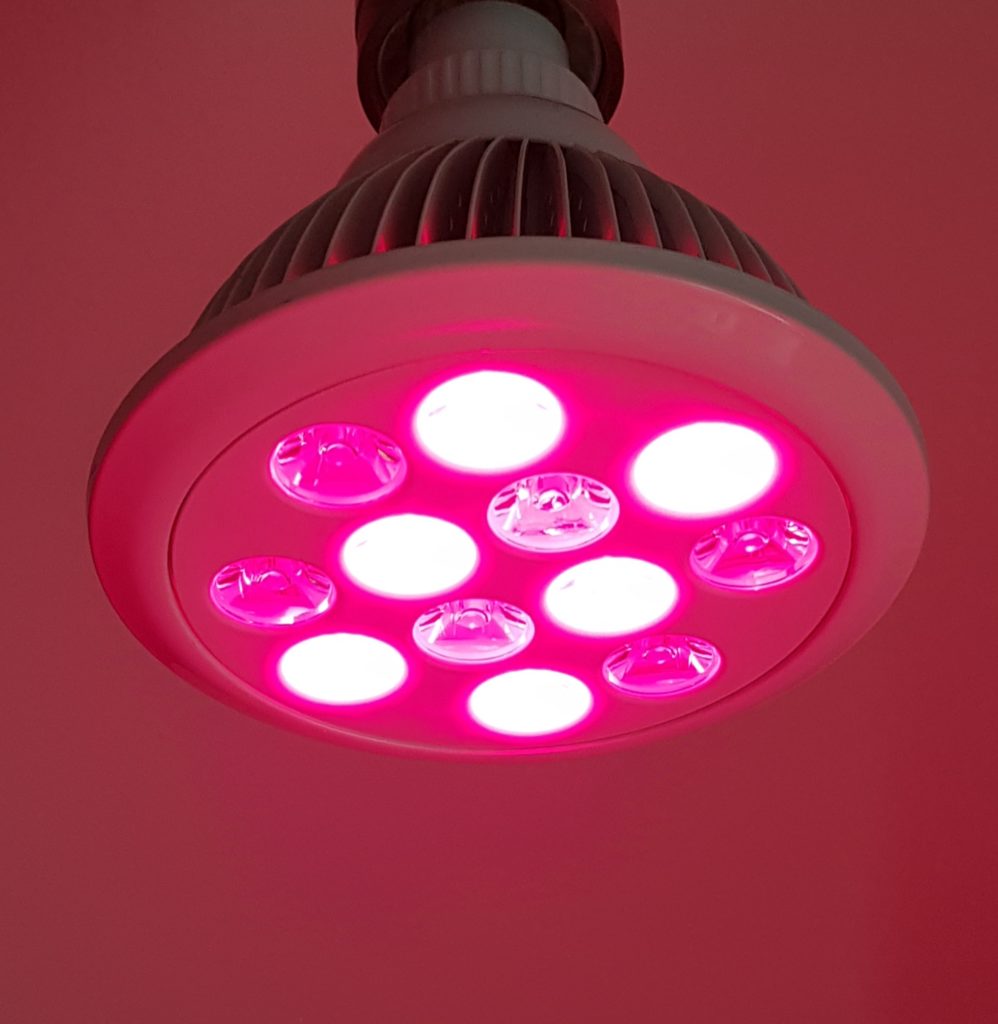
How does red-light
therapy come into this complicated process?
It seems that some of the electron transport chain is sensitive to light, especially red and infrared (2.) These mechanisms do not seem to be fully investigated, but the light seems to increase ATP production by an enzyme called Cytochrome c-oxidase.
More energy = more opportunities
The red light does not penetrate so deeply into the skin but has been shown to have positive effects on the production of collagen. Red light can thus give you better and younger skin (3). The red light has also been shown to be effective for healing wounds and injuries (7). In order to have a more systemic effect, the use of infrared light which can penetrate deeper into the body but has the same effect on the energy production in the cells can be used in combination with the red light.

Will red / infrared light boost your testosterone levels?
As I mentioned earlier, I used my panel primarily to boost my testosterone levels. It is difficult to just point to red light therapy as I have generally changed my entire lifestyle in recent years but from the first to the last measurement my levels today are about 2 to 3 times higher than before and when I use the lamp in the morning I can really feel its effects afterwards. There are also several studies done on the substance that show the possibility of increased testosterone levels. In a study from Korea, red light was used in rats and managed to increase their testosterone levels using red light with a wavelength around 670nm after four days (5). ) from 2018 concludes that red and infra red light can be used in male infertility and the light increases sperm mobility and chance of survival.
There are also other areas where red light therapy has been shown to be effective
• Inflammation (9)
• Increases cognitive ability and reduce symtoms of Alzheimer’s disease (8)
• Hair growth (10)
• Increase athletic performance (11)
• Treatment of underactive thyroid gland (12)
Red-light therapy from Biohacking collective
Most panels today in the market are expensive and adapted for professional use. We at biohacking collective decided to produce our own lamps because this is something we tested and believe in. We have launched two models for home use one is a panel of 45 w and the other is a lamp of 22.5 W. We hope to give you the benefits of red light therapy for a reasonable price. Our lamps have both red and infrared light with the wavelengths 660 and 880 Nm. These wavelengths are the ones that we found seem to have the greatest effect in the studies we read through during our work.
1.https://www.menshealth.com/health/a19539973/i-put-a-giant-red-light-on-my-balls-to-triple-my-testosterone-levels/
2. https://www.ncbi.nlm.nih.gov/pmc/articles/PMC2996814/
3.https://www.ncbi.nlm.nih.gov/pmc/articles/PMC3926176/
4.https://www.researchgate.net/publication/327490751_Effect_of_red_light_and_near_infrared_laser_on_the_generation_of_reactive_oxygen_species_in_primary_dermal_fibroblasts
6. https://www.ncbi.nlm.nih.gov/pmc/articles/PMC5992952/
7.https://www.ncbi.nlm.nih.gov/pmc/articles/PMC4751092/
8. https://www.ncbi.nlm.nih.gov/pubmed/28580093
9. https://www.ncbi.nlm.nih.gov/pubmed/25122099
10. https://www.ncbi.nlm.nih.gov/pubmed/28328705
11. https://www.ncbi.nlm.nih.gov/pubmed/17295156
12. https://www.ncbi.nlm.nih.gov/pmc/articles/PMC3534372/



